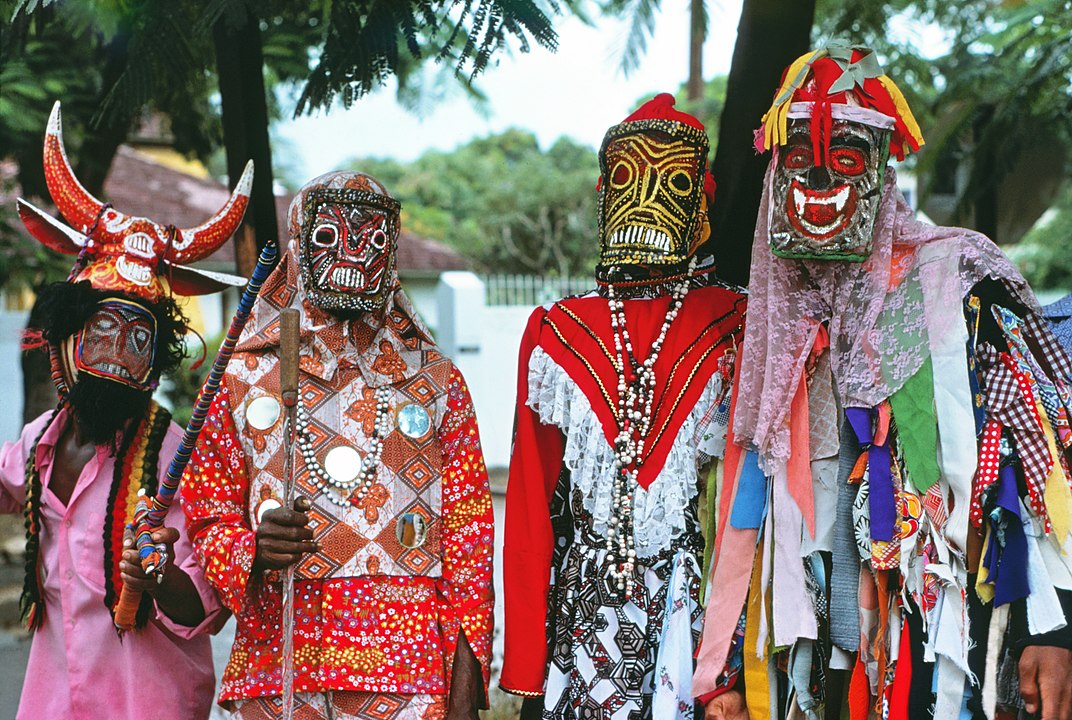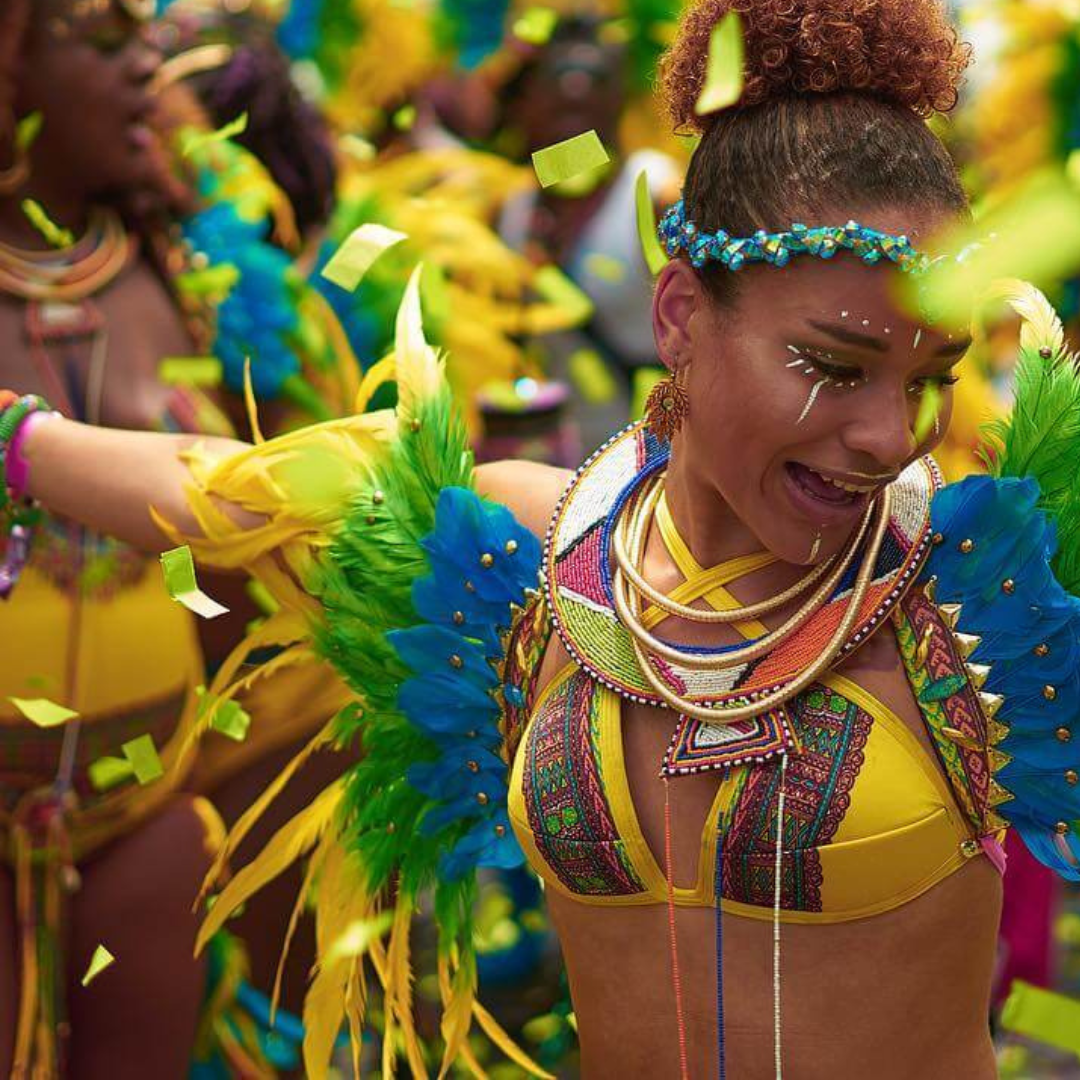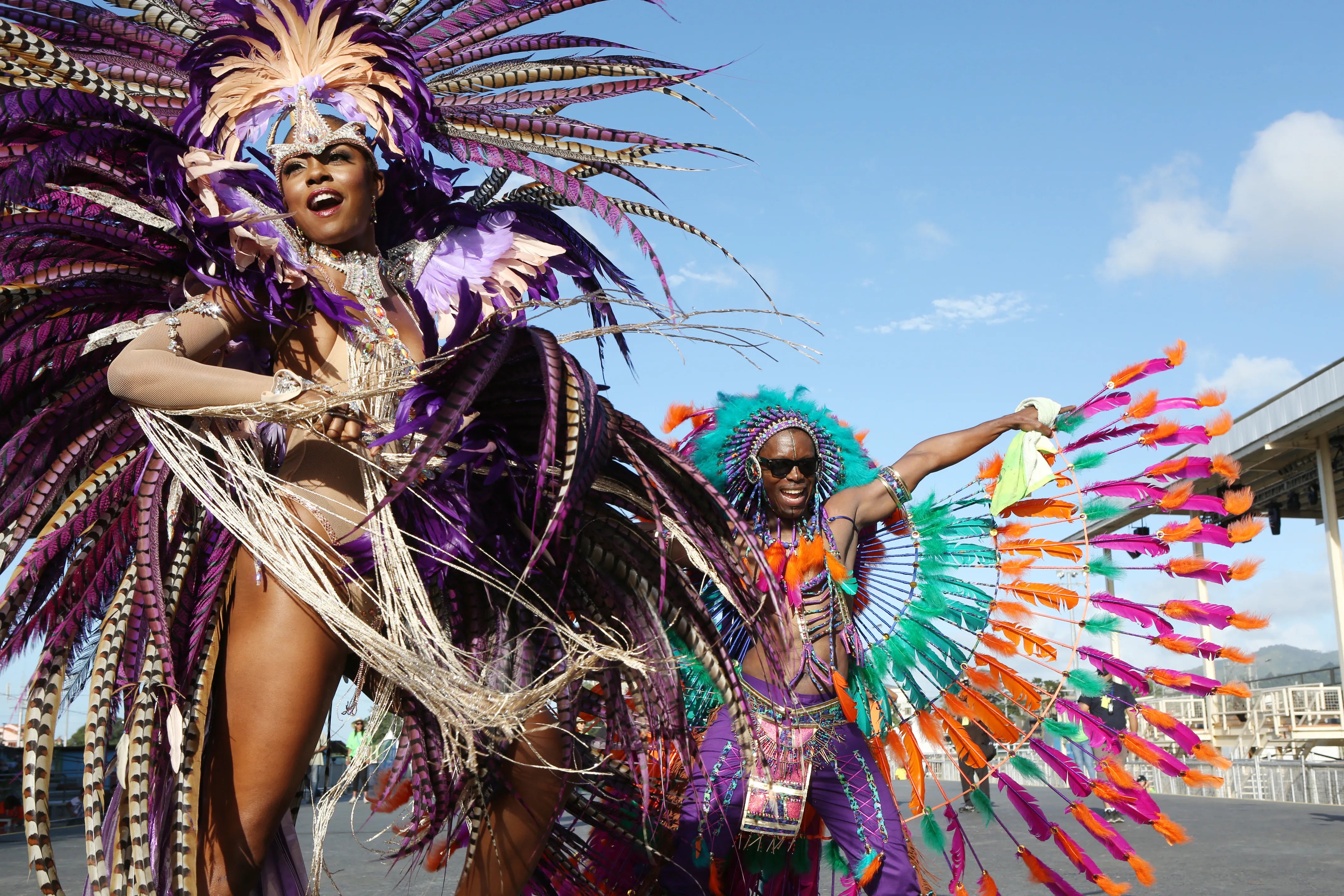From the first strike of the drum to the last echoes of soca fading into the night, music is the lifeblood of Caribbean Carnival. It's the heartbeat that moves the masses, the soundtrack to this grand celebration of freedom, resilience, and joy. In this post, we explore the rich musical traditions that have shaped Carnival over the centuries and continue to evolve today.
Rhythms of Resilience
The roots of Carnival music run deep, intertwined with the history of enslaved Africans in the Caribbean. Denied their traditional instruments, they found new ways to create rhythms, using their bodies, their voices, and whatever objects they could find. In Trinidad, the early 19th century saw the rise of "Kalinda" - martial art dance challenges set to the rhythms of chanted songs and drums. These songs, known as "lavways", often carried hidden meanings, allowing enslaved people to communicate and express themselves under the watchful eyes of their oppressors.
The Birth of Calypso and Steelpan
As emancipation dawned and Carnival evolved, so did its music. Calypso emerged as a way for singers to share news, satirize authority figures, and provide social commentary through clever lyrics and catchy melodies. But it was the invention of the steelpan in the 1930s that truly revolutionized the sound of Carnival. Born from the ingenuity of young men in Port of Spain's poorest neighborhoods, the steelpan transformed discarded oil drums into melodic percussion instruments, creating a sound unlike anything the world had heard before.
Soca: The Modern Sound of Carnival
In the 1970s, a new rhythm was born: soca, a fusion of calypso with East Indian chutney, soul, and funk. Pioneered by artists like Lord Shorty and Maestro, soca quickly became the heartbeat of modern Carnival. Today, soca artists like Machel Montano, Bunji Garlin, and Alison Hinds are more than just musical stars - they are cultural ambassadors, spreading the joy and energy of Carnival worldwide.
Preserving and Evolving Tradition
Even as soca dominates the airwaves, the traditional sounds of Carnival are still cherished and preserved. Steelpan remains an art form passed down through generations, with pan yards serving as community hubs. Across the islands, from the vibrant sounds of lapo kabwit in Dominica to the pulsing rara bands of Haiti's Kanaval, music serves as a living link to history and heritage.
The Universal Language of Celebration
What unites all these diverse musical traditions is their power to bring people together. Whether it's the call-and-response of a calypso chorus or the collective energy of a crowd jumping to soca, the music of Carnival breaks down barriers and lifts up spirits. It speaks to something universal in all of us - a desire for freedom, connection, and unbridled joy.
Music has the power to connect us to our heritage and to each other. That's why we've curated a special Carnival playlist, spanning classic calypso to the latest soca hits. Put on your headphones, press play, and let the rhythm carry you to a place of joy and pride.
Read more

In our exploration of the soul of Caribbean Carnival, we've felt the rhythm of resistance pulsing through its history. Now, let's delve into the rich tapestry of symbolism woven into every aspect o...

As we come to the end of our Caribbean Carnival series, we find ourselves reflecting on the incredible journey we've been on together. Over the past few weeks, we've delved into the rich history, v...


Leave a comment
All comments are moderated before being published.
This site is protected by hCaptcha and the hCaptcha Privacy Policy and Terms of Service apply.